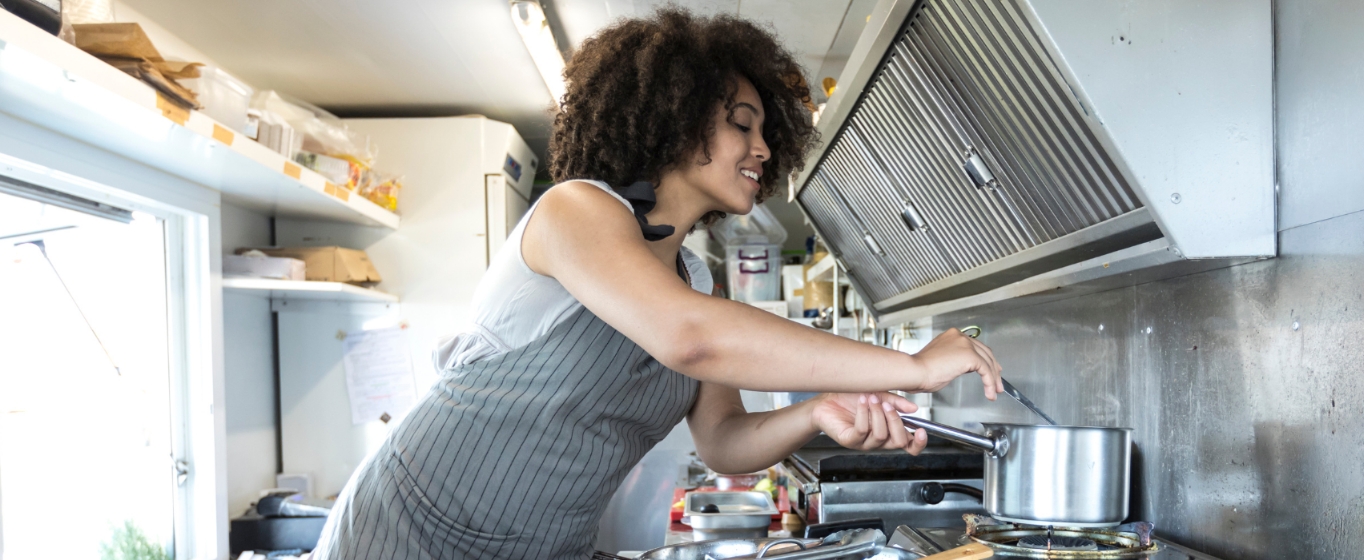Individual Development Accounts

Individual Development Accounts: A tool to help people living in poverty attain a life-changing asset
Right here in New Jersey, nearly one third of residents are struggling to make ends meet with income that puts them within 300% of the Federal Poverty Level (FPL). In that situation, a family of four in New Jersey would have an annual income of $83,250 or less. Given that New Jersey is the ninth most expensive state in the nation, and with a lack of affordable housing available, this is not an adequate household income to support a family of four.
What is an Individual Development Account?
Individual Development Accounts (IDAs) are matched savings accounts that must be used to attain an asset such as a car, secondary education, purchase of a home or to start a new business. IDAs are designed for people living within 200-300% of the FPL and are vehicles for true economic self-sufficiency. IDAs provide participants with the skills and knowledge necessary to save for and attain assets that build wealth. To receive the match, participants must attend financial literacy classes to improve their financial knowledge as well as asset-specific knowledge, such as creating a business plan for participants starting a business.
What’s the difference between an IDA and a regular savings account?
The savings accounts opened by participants will be managed by custodians to ensure they are making deposits on a regular basis to meet their savings goal and to ensure they do not make financial decisions that may derail their plan. The custodians will be Affinity Foundation employees who will provide guidance with the help of a committee of finance professionals from Affinity Federal Credit Union.
Program Efficacy
Research shows assets such as cars and homes promote long-term financial planning and greater attention toward gaining and preserving resources, among other positive behaviors and attitudes, such as household stability, civic engagement, and a greater belief in one’s ability to succeed. Thus, IDA programs are intended to go beyond simply alleviating financial hardship or low-income people—they are a vehicle for true economic self-sufficiency and independence.1
IDA participants are:1
- 95% more likely to pursue secondary education
- 84% more likely to be business owners
- 35% more likely to be homeowners
Affinity Foundation’s New IDA Program
IDAs exist across the United States, and in fact there used to be six different IDA programs in New Jersey alone. However, the state of New Jersey is no longer funding IDAs so they are no longer as accessible as they once were. The Affinity Foundation is launching its own IDA program to fill that gap. Our program will launch in partnership with Elijah’s Promise Culinary School, which teaches its students a new trade so that they can improve their employment opportunities. Many of these students go on to start their own business through a small eatery or a food truck.
How does each asset help someone living in poverty?
- Access to a car makes it easier for individuals to get to work on time, and therefore keep a job or find a new, better-paying work opportunity.2
- Education is the best way out of poverty in part because it is strongly linked to economic growth. A 2021 study co-published by Stanford University and Munich’s Ludwig Maximilian University shows us that, between 1960 and 2000, 75% of the growth in gross domestic product around the world was linked to increased math and science skills.3
- Homeownership can help build wealth directly through price appreciation. When the value of a home rises, owners can sell for that higher price, and for homeowners who aren’t selling, price appreciation adds to their home equity and overall financial assets. Home ownership is also a proven way to build generational wealth, as a home can be passed down to future generations.4
- Businesses create opportunities for people who may otherwise have difficulty finding work, offer training and development opportunities to help gain skills needed to be successful. New businesses also contribute to the local economy, creating wealth and opportunity for everyone in their community.5
As a real-life example, a participant may come to the program wanting to start a food truck business. The IDA program will help them build the savings needed to purchase the food truck while gaining knowledge of financial basics, business acumen and access to mentorship opportunities with successful entrepreneurs. Upon program completion, they will have the business plan in place to successfully launch, the custodian will be able to provide guidance on any business banking and/or lending requirements and they’ll receive a match toward purchasing the food truck or equipment to start the business.
- https://housingmatters.urban.org/articles/individual-development-account-programs-help-low-income-families-save-dream
- https://www.consumerreports.org/car-financing/helping-low-income-people-afford-cars-a9197302680/#:~:text=For%20one%20thing%2C%20access%20to,%2C%20better%2Dpaying%20work%20opportunities
- http://hanushek.stanford.edu/sites/default/files/publications/Hanushek%2BWoessmann%202021%20OxfResEncEcoFin.pdf
- https://www.sofi.com/learn/content/home-ownership-for-generational-wealth/
- https://fastercapital.com/content/Breaking-the-Cycle-of-Poverty--The-Role-of-Minority-Owned-Businesses.html#:~:text=When%20businesses%20create%20jobs%2C%20they,be%20successful%20in%20their%20careers

